Biology Reference
In-Depth Information
that antibodies induced by Env-CD4M9 cross-linked complexes neu-
tralized a broad range of primary isolates. These results demonstrate
that: i) a significant portion of gp120 binding surface of CD4 can be
reproduced in a mini-protein system, ii) an engineered CD4 mini-pro-
tein contains sufficient CD4 structural elements to induce gp120
conformational changes, and iii) these surrogate molecules may be
useful in making stable complexes with envelope protein to expose
envelope epitopes for the induction of neutralizing antibodies.
In another approach, Guo
et al
. described a small synthetic mol-
ecule (termed BMS 378806) that inhibited the interaction of gp120
with cellular CD4 and prevented viral entry.
165
This compound bound
to gp120 at a stoichiometry of approximately 1:1 with an affinity sim-
ilar to that of CD4. Therefore, molecules such as this one should be
evaluated for their ability to induce conformational change in Env.
(iii)
Rational design of Env immunogen
A crystal structure of HIV-1 gp120 core in complex with two N-ter-
minal domains of CD4 and a Fab fragment of mAb 17b that binds
CD4-induced co-receptor-binding site was solved by Kwong,
166
and
is known as liganded structure. The structure was determined using
the gp120 that lacked the V1/V2 and V3 loops as well as 52 and 19
residues from the N- and C-termini. The structure provided some
basic, but very important, information about the organization of
gp120. The protein is comprised of two domains, the inner and the
outer, which are bridged by a mini-domain called a “bridging sheet”,
a four-stranded, anti-parallel (
-sheet) (Fig. 7). The inner domain is
buried internally in the gp120/gp41 trimeric complex; therefore, as
expected, antibodies against this region do not neutralize the virus.
The outer domain is extensively glycosylated and does not elicit anti-
body response, and thus it is termed as immunologically silent. The
receptor binding site (i.e. CD4 binding pocket) is located in a region
that borders the outer and inner domains and the bridging sheet.
More recently, crystal structures of HIV-1 gp120 with intact V3 loop
have been solved.
167
It appears that V3 loop forms a rod-like structure
that protrudes out from the gp120 core. This is not surprising
β

